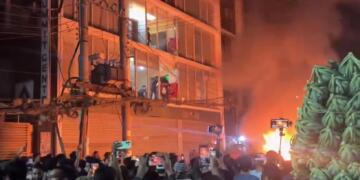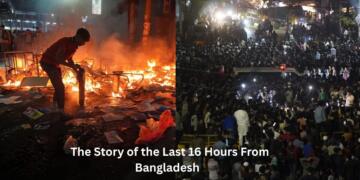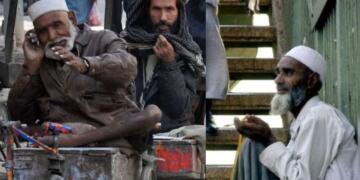In the year 1991, a petition was filed in the Varanasi civil court on behalf of Swayambhu Jyotirlinga Bhagwan Vishweshwar seeking permission for Hindus to worship in the Gyanvapi mosque. Thirty years later, on Thursday, a Varanasi court has given the go ahead to surveys and excavations to be conducted by the Archaeological Survey of India in and around the Gyanvapi Mosque and the Kashi Vishwanath Mandir. The decision to allow an ASI survey in Kashi comes as a historic one, which would go a long way in helping Hindus reclaim the Kashi Vishwanath Mandir in its entirety.
It was the Archaeological Survey of India (ASI), whose pathbreaking findings helped Hindus win the long-drawn Ram Janmabhoomi dispute. The ASI, in two separate surveys, has established the Hindu roots of the underlying structure to the Babri Masjid. In the survey of 2003, since Babri was no longer present as a superstructure, ASI was able to uncover finer details about the temple which was destroyed and over which the illegal structure was built. Now, the same ASI is all set to form a five-member team which would be dispatched to Varanasi soon to study the Kashi Vishwanath Mandir and the adjacent Gyanvapi Mosque.
A petition was filed in December 2019 by advocate Vijay Shankar Rastogi on behalf of Swayambhu Jyotirlinga Bhagwan Vishweshwar in the court of civil judge. The petitioner requested for a survey of the entire Gyanvapi compound by the ASI. The petitioner also requested the court to issue directions for the removal of the mosque from the temple land and give back its possession to the temple trust. The Yogi Adityanath government of Uttar Pradesh is all set to bear all costs relating to the ASI survey in Varanasi, which is Prime Minister Modi’s parliamentary constituency.
Times Now has reported that the Archaeological Survey of India (ASI) will use the latest technology including Ground Penetration Radar System and other techniques to conclude whether the structure that houses the Gyanvyapi mosque is a part of the Kashi Vishwanath Temple structure, whether it came into existence before or after the temple. Interestingly, the Gyanvyapi Mosque management committee opposed the idea of an ASI survey on the site, although the court has now given a green light to the same.
Unlike in Ayodhya, the mosque in Kashi visibly infringes upon what appears to be a temple-like structure. Although the Ram Janmabhoomi victory was a very difficult one for Hindus, the reclamation of Kashi Vishwanath, or in the immediate future, at least proving the fact that the Gyanvapi Mosque infringes upon Hindu temple land will not be extraordinarily tedious. Then, of course, is the hurdle of the Places of Worship Act, 1991 – a preposterous law which in itself is being challenged in no less than the Supreme Court.
The first and most crucial step towards reclaiming the temple, however, has been taken in the form of the ASI surveying the temple and mosque in Varanasi. If the ASI can prove that a Mandir was indeed present below the Babri Masjid, proving that the Gyanvapi mosque was constructed after destroying the Kashi Vishwanath Temple would be a piece of cake for the surveyors.































